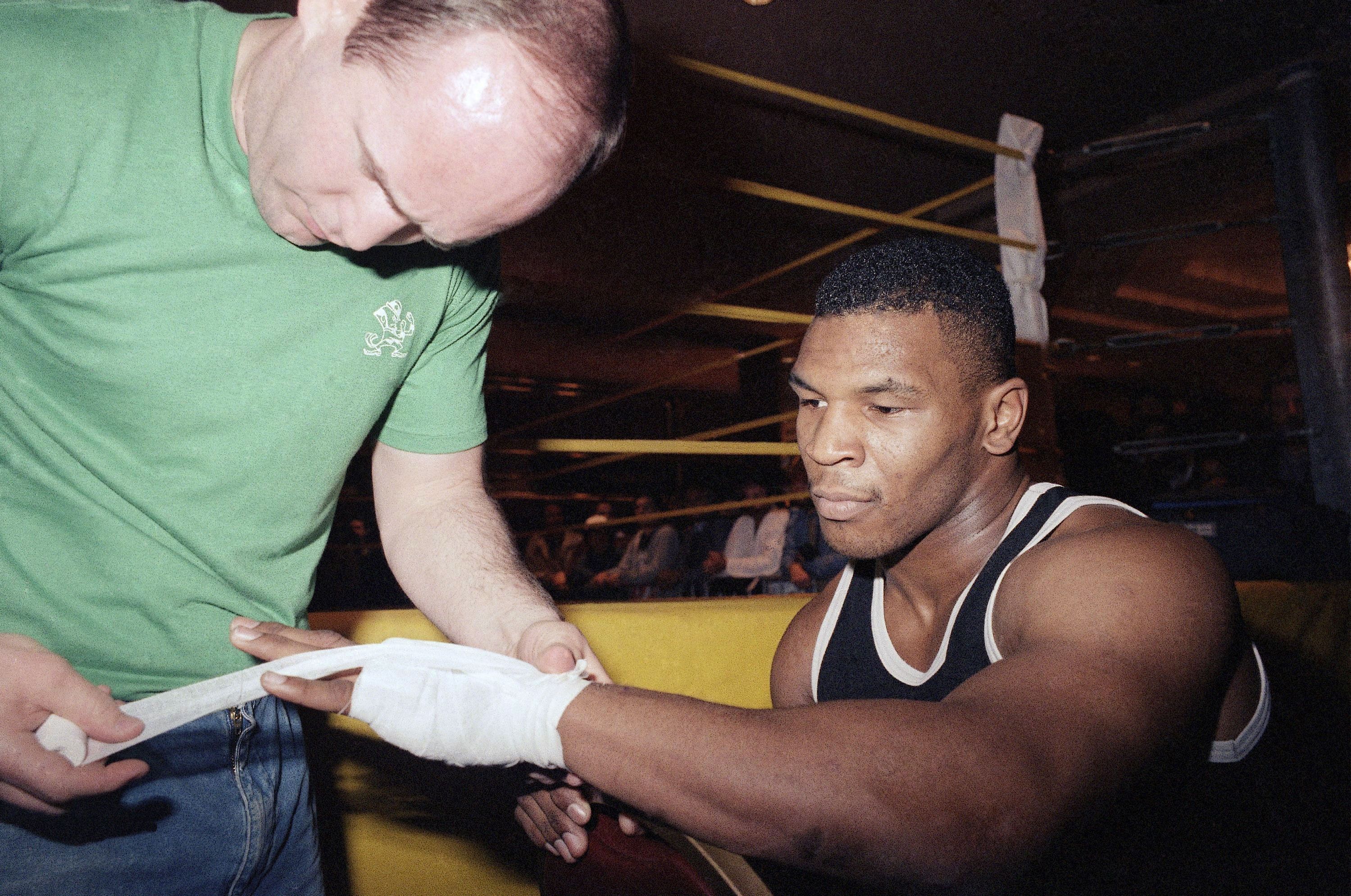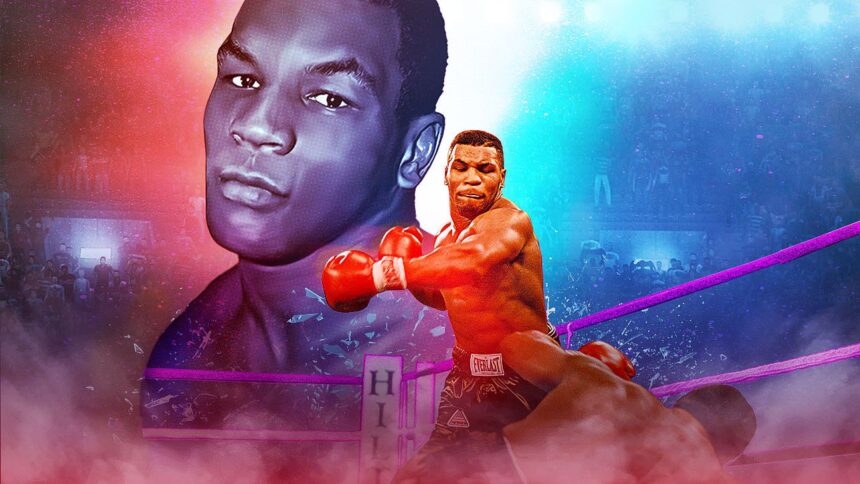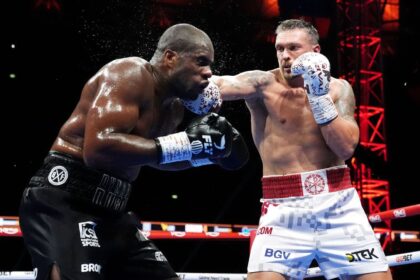The long-awaited book by ESPN writer Mark Kriegel, titled “Baddest Man: The Making of Mike Tyson”, reveals details of Mike Tyson’s beginnings in boxing. The book, which will be published on Tuesday, includes an excerpt from a chapter that documents Tyson’s early amateur fights, when he was 14 years old.
The Encounter with Billy O’Rourke
Cus D’Amato, the renowned trainer, did not attend Tyson’s fights until May 27, 1981, at the Catholic Youth Center in Scranton, Pennsylvania. That night, Kevin Rooney, another trainer, would see his protégé increase his record to 14-0, winning by unanimous decision in the co-main event. However, the evening began with the amateur bouts, where Tyson faced Billy O’Rourke, a 17-year-old from Kingston, across the Susquehanna River.D’Amato, known for his wisdom and peculiar appearance, approached O’Rourke before the fight. “Billy, I need to talk to you,” he said. D’Amato, with his characteristic accent, warned O’Rourke about Tyson’s strength: “Michael is going to be world champion. He’s a killer. A monster.”

At that moment, Tyson had a record of 4-0. His fights usually ended by knockout in the first round. O’Rourke, for his part, prepared to counter Tyson’s left hook. He managed to block the punch, but the impact was unlike any other he had received: “He blocked the punch, but it went through my guard. It lifted me into the air.”
The fight became a test for both boxers. Tyson, despite his youth, was already seen as a future champion. The match was tough and prolonged. Tyson, according to his own version, remembers an exhausting fight against “this crazy white boy” who refused to fall. Teddy Atlas, Tyson’s trainer, also offers his perspective, highlighting O’Rourke’s tenacity. Atlas, in his account, recalls a motivational speech in Tyson’s corner, urging him not to give up. Tyson, after the fight, declared that he felt as if he had won. However, the decision was split, with many in the local audience believing that O’Rourke was the victor.
In Billy O’Rourke’s account, it is revealed that the young man was a formidable athlete, with experience in wrestling and triathlons. He had trained with boxing figures like Ali and Witherspoon. O’Rourke, after receiving blows from Tyson, recognized the power of his rival.
In the second round, O’Rourke attempted a right hand, but Tyson countered with a body hook and an uppercut. O’Rourke remembers that Tyson was getting tired and doubting himself. At the end of the fight, Tyson whispered to O’Rourke: “I think you won.”
Tyson’s boxing story continues with Jesús Carlos Esparza, who faced Tyson in the 1981 Junior Olympics. Esparza, 16 years old and with a record of 50 fights, met Tyson in Colorado Springs. Esparza was impressed by Tyson’s appearance.

Esparza remembers the night of the fight, where Tyson ate a giant hamburger before getting into the ring. Tyson was aggressive and performed a frenetic dance. Esparza tried to connect some punches, but they didn’t seem to affect Tyson. Then, Tyson connected a jab that sent Esparza to the canvas. Despite trying to respond, Esparza was hit against the ropes and received a blow to the back, technically illegal, but the referee didn’t see it. Esparza couldn’t breathe.
Esparza lasted almost the entire first round. Tyson’s next opponent, Joe Cortez, was also knocked out in eleven seconds. Esparza, now with a master’s degree in social work, reflects on Tyson’s anger and relates it to his past.
Tyson’s story at the Youth Olympic Games, televised by ESPN, became an archive of the “Destroyer” figure.





